LECTURES
What is information Design?
WHAT IS INFORMATION DESIGN?
History of Information Design
Information design
has been defined as the art and science of preparing information so that it can be used by human beings with efficiency and effectiveness.
We can start as early as cartography or the history of the map. It is believed that cartography has been around for 8,000 years. The oldest original cartographic artifact in the Library of Congress: a nautical chart of the Mediterranean Sea - second quarter of the 14th century
____
Other than map making one of the foundations for information graphics is analytic geometry, a branch of geometry used in 1637 by french philosopher, mathematician, and scientist René Descartes (1596-1650), the Cartesian coordinate system (x and y-axis) —allowing geometric shapes to be expressed in algebraic equations—was named after him. William Playfair (1759-1823), Scotish author and mathematician used coordinates to convert statistical data into symbolic graphics. In 1786, he wrote a book Commercial and Politcal Atlas, which was filled with statistical compilations, forty- four diagrams, he introduced the line-fever graph. In 1801, his book Statistical Breviary, introduced the first divided circle (pie chart). This field became important because it made complex information into understandable forms.
____
Charles Joseph Minard (1781 – 1870 in Bordeaux) was a French civil engineer noted for his inventions in the field of information graphics. Minard was a pioneer of the use of graphics in engineering and statistics. He is famous for his Carte figurative des pertes successives en hommes de l'Armée Française dans la campagne de Russie 1812-1813, a flow map published in 1869 on the subject of Napoleon's disastrous Russian campaign of 1812. The graph displays several variables in a single two-dimensional image: the army's location and direction, showing where units split off and rejoined,
the declining size of the army (note e.g. the crossing of the Berezina river on the retreat), and
the low temperatures during the retreat.
____
In 1854, physician, Dr. John Snow (1813-1858) illustrated a map that helped outline the spread of Cholera in London.
____
Although only my opinion, I believe another early form of information design was El Lissitzky's book For the Voice, 1923 poems by Mayakovsky, he designed a tabbed system along with iconic images to help the reader navigate through the book.
____
Starting in 1925 an important movement in developing a universal language was the Isotype movement, the originator was the Vienna sociologist Otto Neurath (1882-1945). Neurath felt that the social and economic changes following WW1 demanded clear communication to assist the public in understanding of important social issues. The type was originally called the Vienna Method, in 1934 Neurath changed the name Isotype (International System of Typographic Picture Education)
____
In 1933, Henry Beck paved the way for the modern map in the development of the subway system map for the London Underground. It replace geographic fidelity with a digrammatice interpretation.
____
Ladislav Sutnar emigrated from Czechoslovakia to the United States. From 1941 to 1960, Ladislav Sutnar design director for F.W. Dodge's Sweet's Catalog Service, America's leading distributor and producer of trade and manufacturing catalogues, Sutnar developed various typographic and iconographic navigational devices that allowed users to efficiently traverse seas of data.
____
Information design has its origins as a subset of, or synonym for graphic design and it is often taught as part of graphic design courses. One of the first uses of the term was by the London graphic design consultancy Pentagram, who used the term in the 1970s to mean their graphic design, as distinct from product or other kinds of design. Since that time, the term has come to be used specifically for graphic design that has the purpose of displaying information effectively, rather than just attractively, or for the purpose of self expression by the designer as artist.
____
Richard Saul Wurman (March 26, 1935) is an architect and graphic designer who is considered to be a pioneer in the practice of making information easily understandable. In 1976, Wurman coined the phrase "information architect" in response to the large amount of information generated in contemporary society, which is often presented with little care or order. Wurman said, "I thought the explosion of data needed an architecture, needed a series of systems, needed systemic design, a series of performance criteria to measure it." Wurman created the popular ACCESS travel guide books, which were innovative in their use of mapping content by neighborhood.
____
During the 1980s information design broadened to include responsibility for message content and language, and a greater role for user-testing and research than had been traditional in mainstream graphic design.—//en.wikipedia.org/wiki/Information_design
___
Edward Tufte, masters in statistics and doctorate in political science in 1982 self-published The Visual Display of Quantitative Information. A book on statistical graphics, charts, tables. Theory and practice in the design of data graphics, statistical graphics, with detailed analysis of how to display data for precise, effective, quick analysis.
What is Information?
Information from MAYAnMAYA on Vimeo.
TYPES OF INFORMATION DESIGN
Mapping
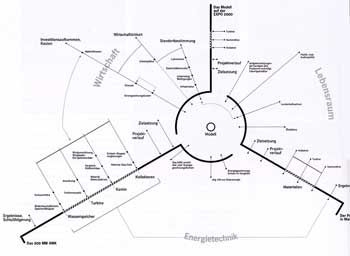
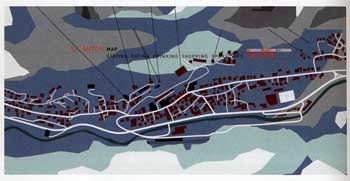


Diagrams




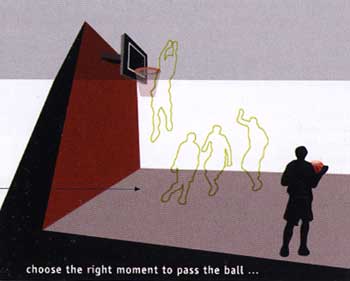
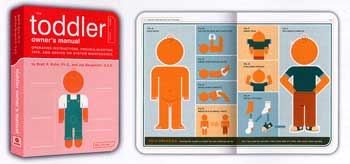
Charts and Listings


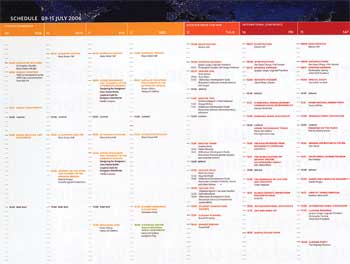
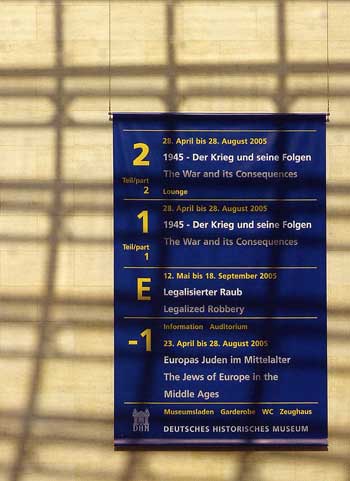

Way Finding
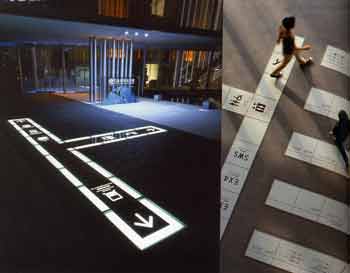


Environmental
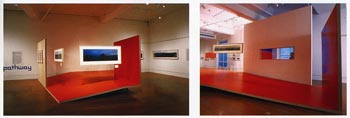
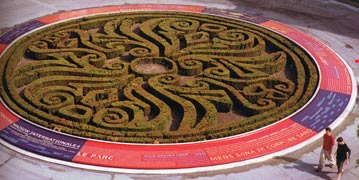
More examples would include graphs, street signs, website navigaton, and timelines.